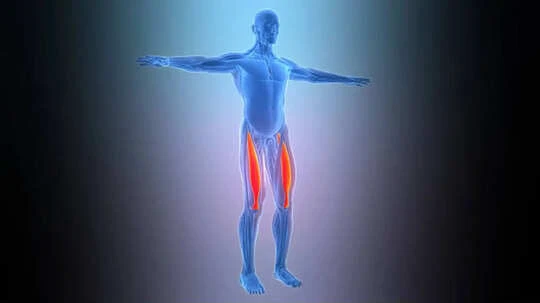The United States Food and Drug Administration said it would restrict the approval of a gene therapy treatment for young men with a muscular dystrophy after two teenagers died from liver failure linked to the medication.
The FDA decision limits the use of Elevidys, manufactured by Sarepta Therapeutics, to boys who are 4 years and older who can still walk, the agency said.
Elevidys is an adeno-associated virus vector-based gene therapy that has been designed to deliver a shortened, functional component of dystrophin to skeletal muscle. The treatment received accelerated approval for ambulatory pediatric patients with the muscle-wasting disease in 2023. Subsequently, the indication was expanded to include traditional approval for ambulatory DMD patients and accelerated approval for nonambulatory DMD patients aged 4 years and older.
It will no longer be allowed for boys who have already lost mobility, which typically happens around age 12 for patients with Duchenne.
What happened to the teenagers?
According to officials, a new safety review confirmed that the two teens developed severe liver damage after receiving the infusion. Both later died. Most patients with muscular dystrophy are boys, and many do not survive beyond age 30 years.
The agency said that even though the drug label had previously warned about liver injury, it did not mention liver failure or death. Now, the FDA is adding its strictest boxed warning to highlight the risks of serious liver injury, acute liver failure, and even death.
News reports say Sarepta had also reported a liver-related death in a 51-year-old man in an early trial for a different muscular dystrophy treatment.
What is Duchenne muscular dystrophy?
Duchenne muscular dystrophy, or DMD, is a progressive condition that causes muscles to get weaker over time. It mainly affects the muscles used for movement, breathing, and heart function. Doctors say the condition is inherited and typically affects males. Symptoms usually start in early childhood and slowly get worse. You may also notice developmental delays, toe walking, or muscle weakness in your child as they grow.
The disease is said to affect around 1 in every 3,600 male infants. It is the most common form of muscular dystrophy and the leading type of severe inherited muscle disorder.
It has no cure and always shortens life expectancy; however, the treatments are available to slow its progression and help your child manage symptoms.
What causes DMD?
According to experts, a genetic variant leads to DMD, where a gene tells the body how to make a protein called dystrophin, which keeps muscles strong and protects them when they move.
If your child has this condition, their body makes little or no dystrophin. Without it, their muscles become weak and start to break down. Over time, muscle cells die, and the body cannot replace them. Instead, the empty spaces fill with fat and scar tissue. This makes movement even harder.
